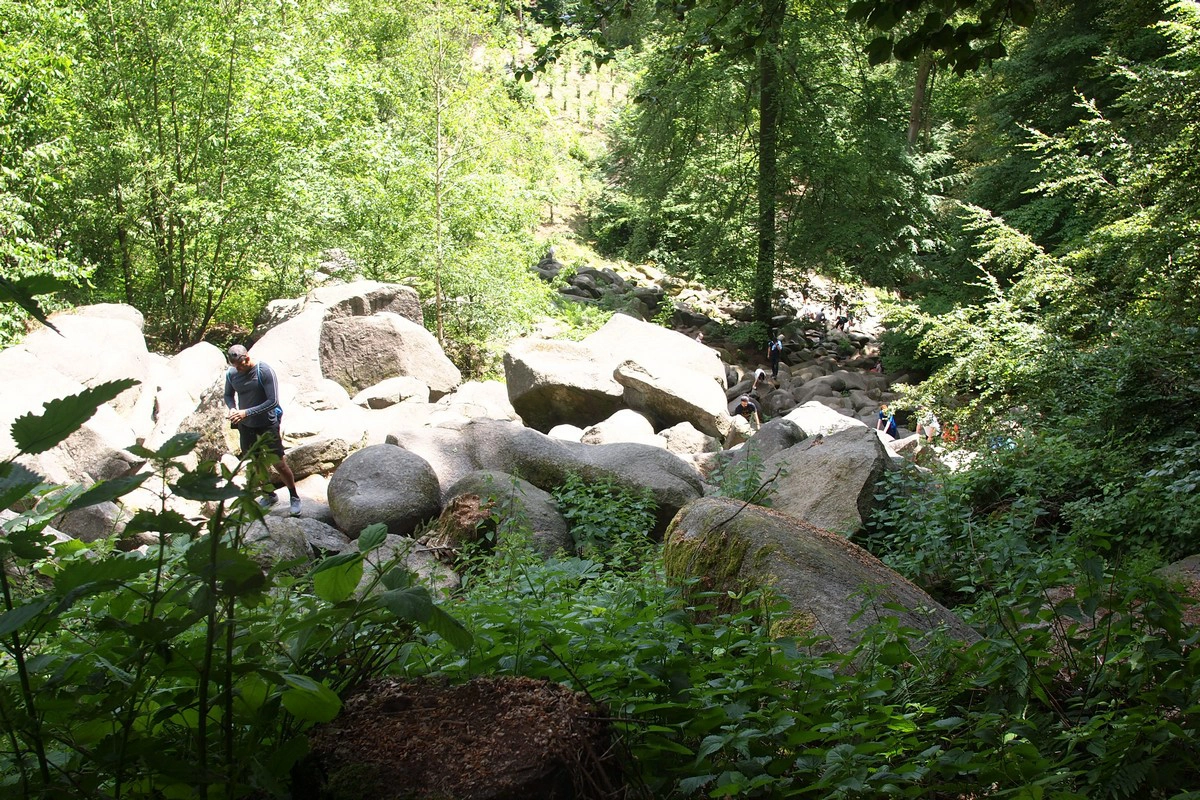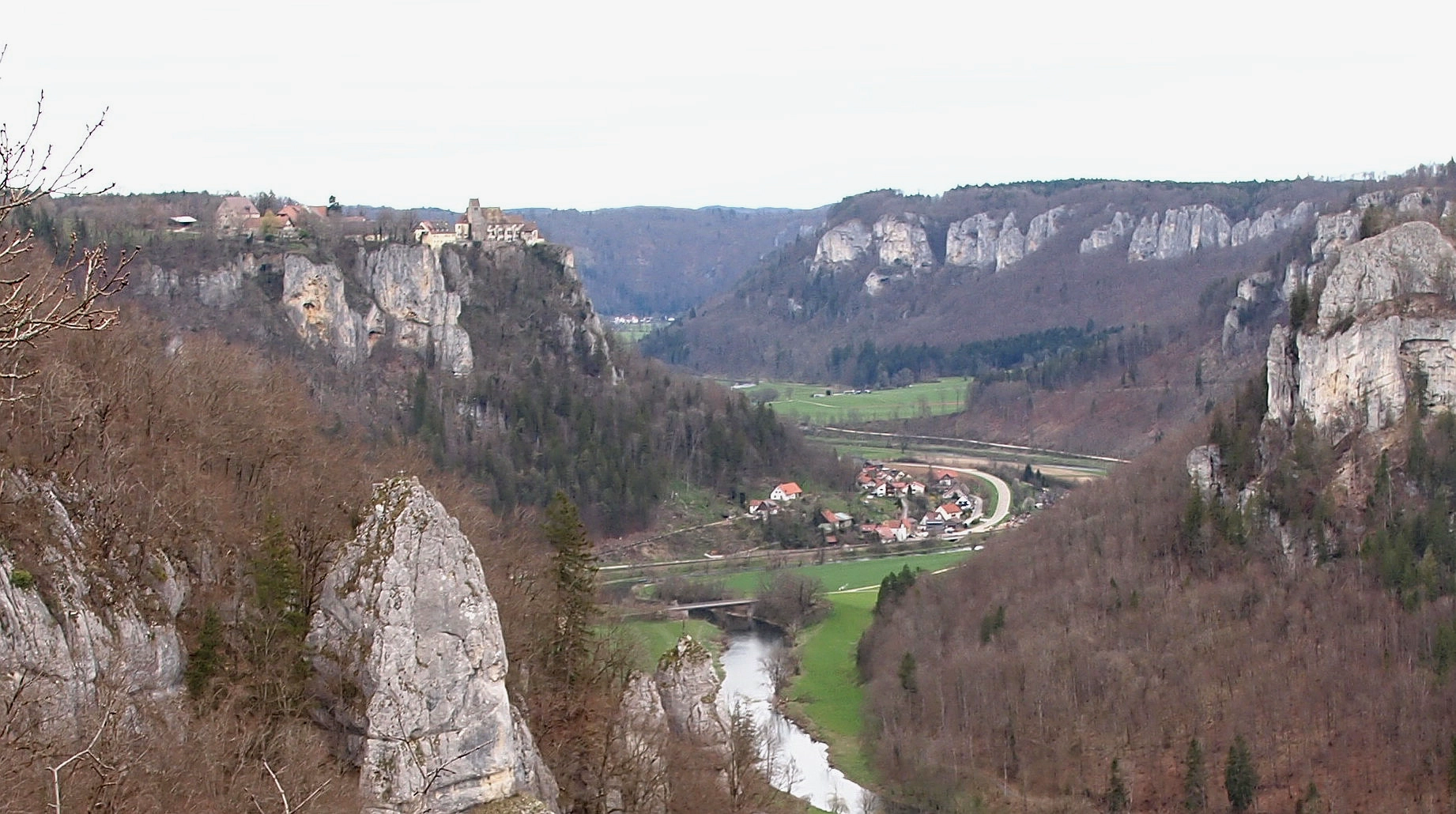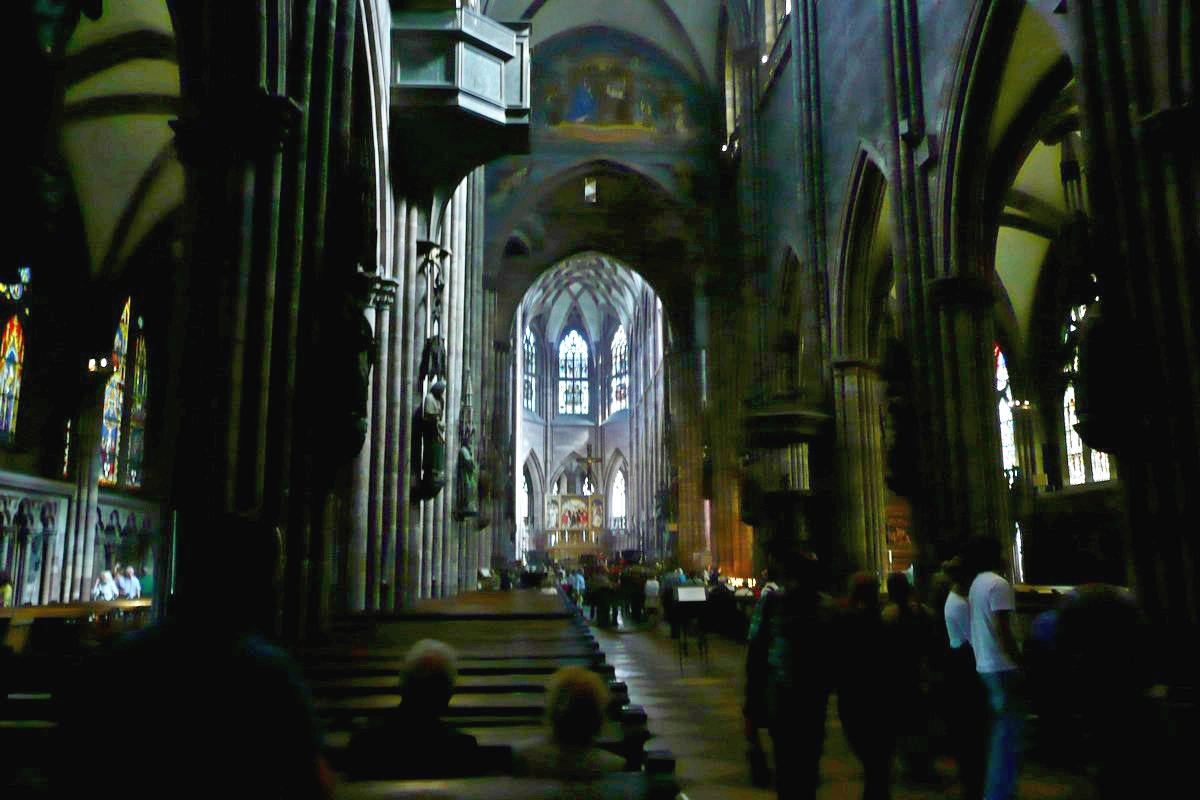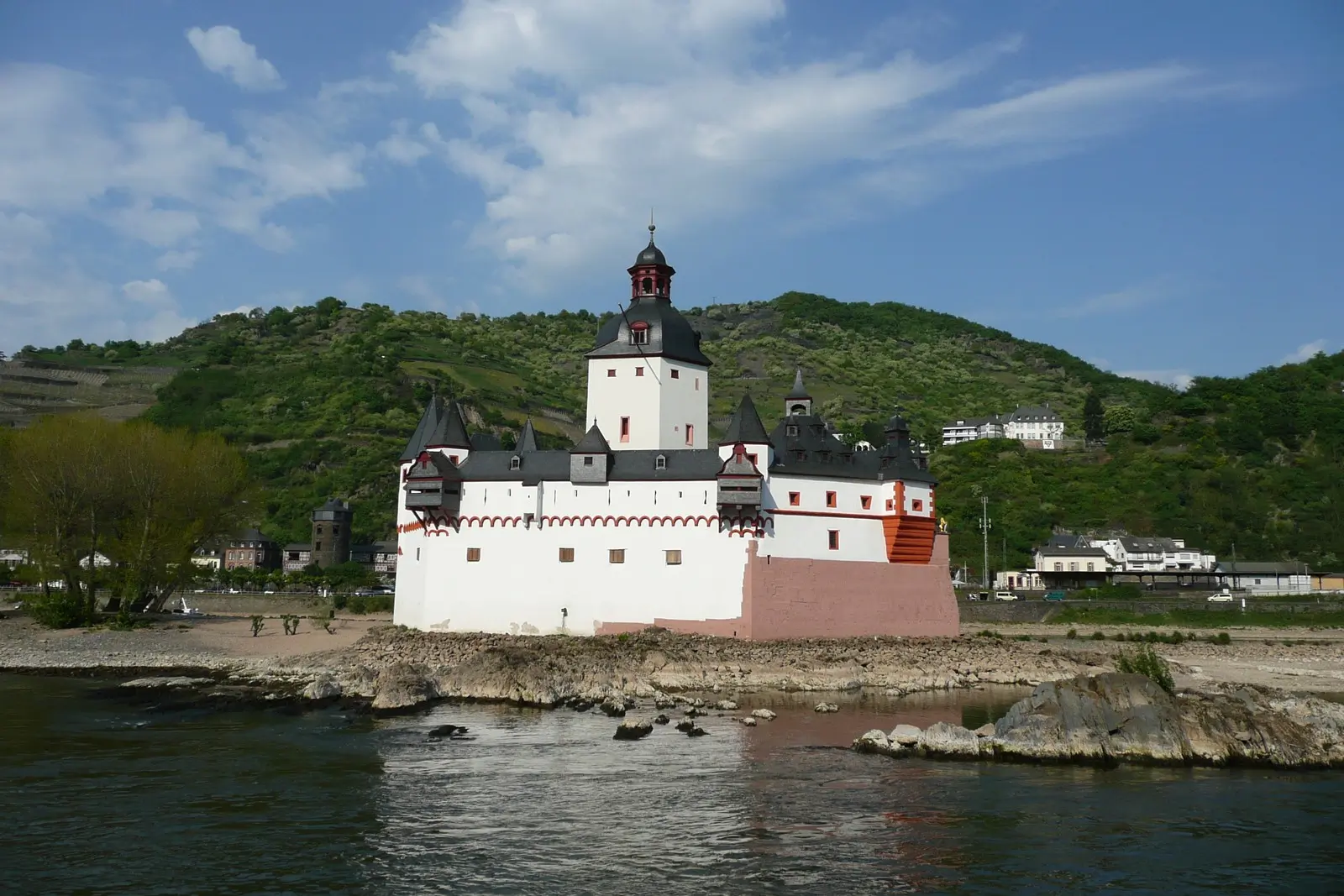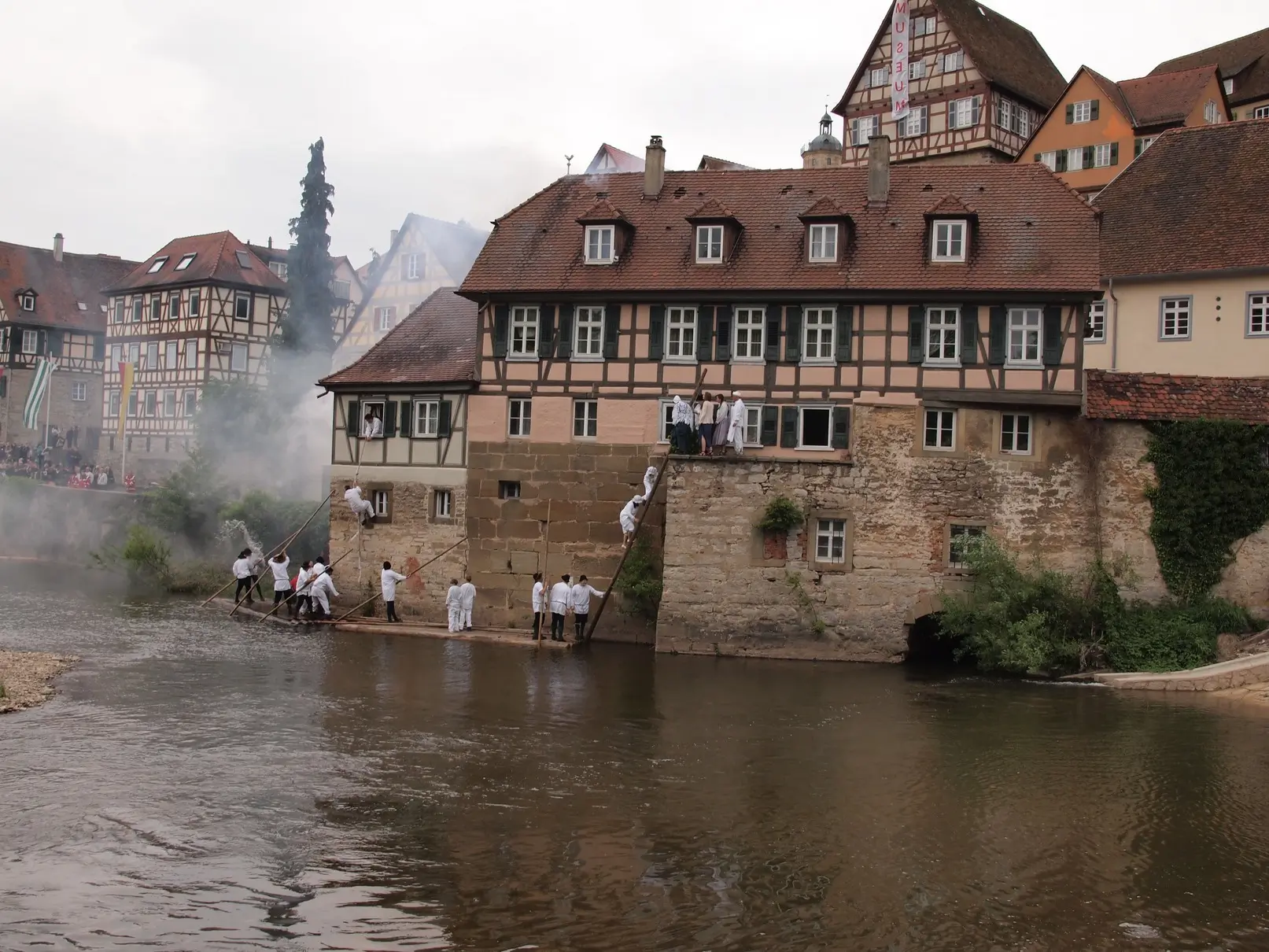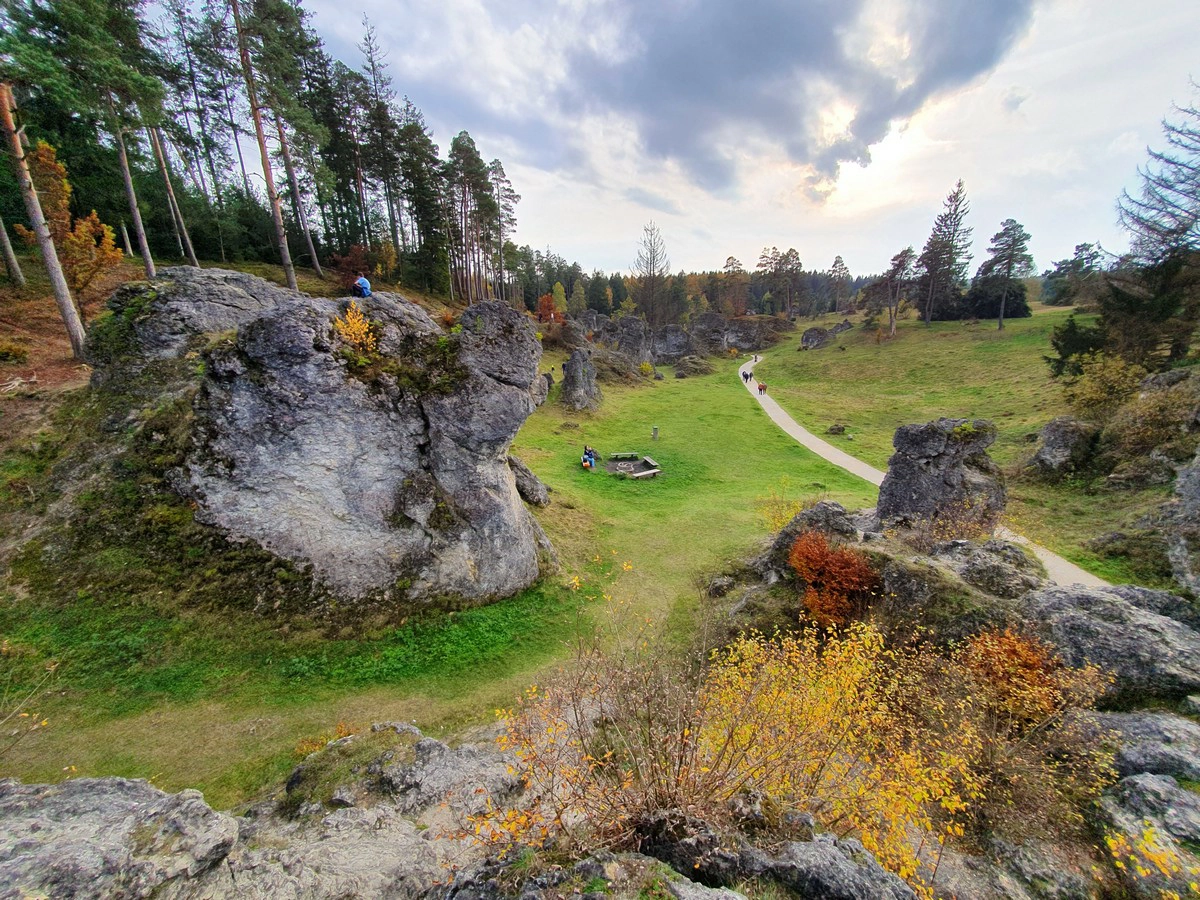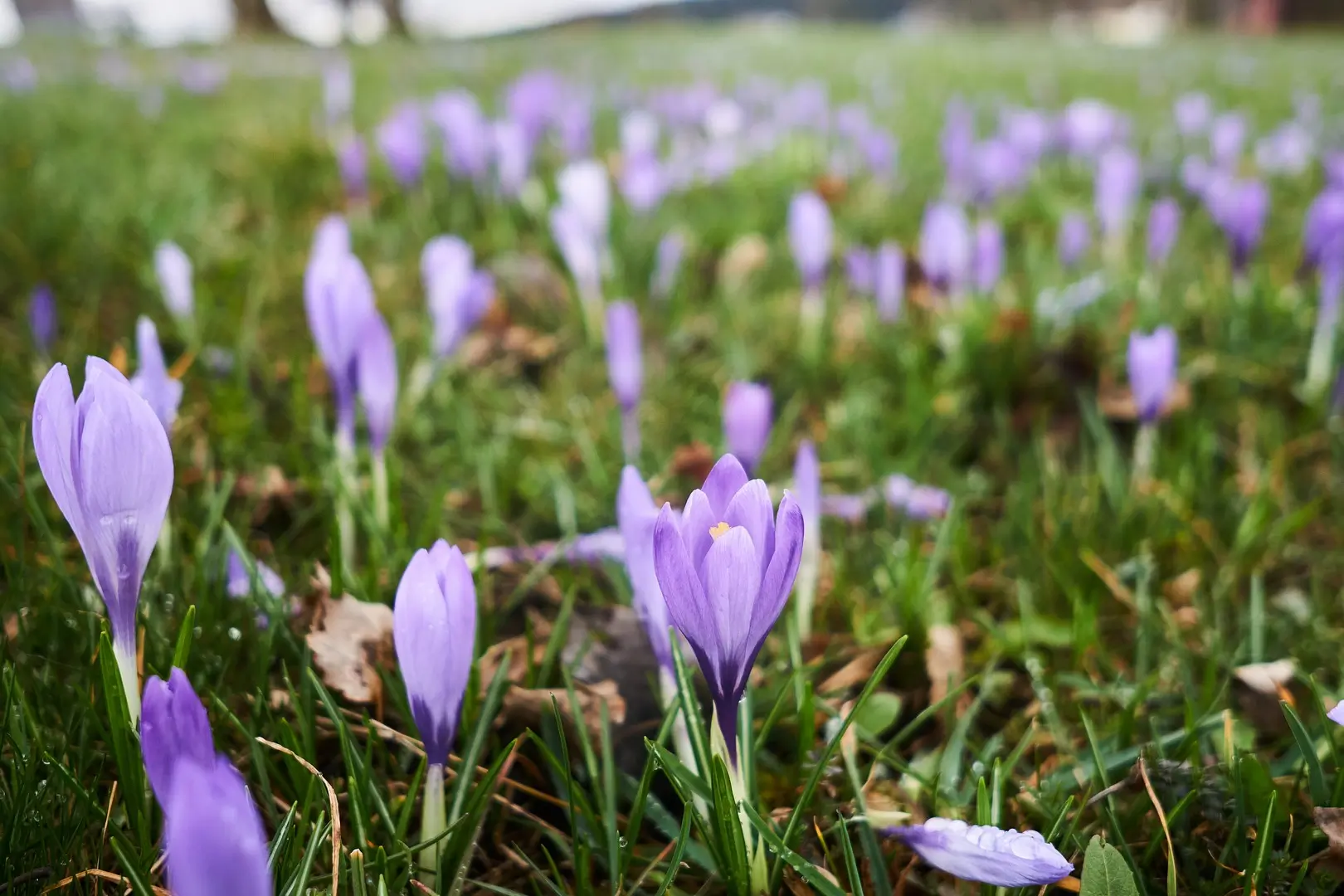Odenwald is a forested and mountainous region between Frankfurt, Heidelberg and Heilbronn. The mountains are quite high in places. Every time we passed through Odenwald, it was a trip without confidence that we would get where we needed to go on time. The road stretched into infinity and led to completely unexpected places. In my opinion, ghosts from neighboring Spessart have long since moved to this enchanted place, namely to the village of Mudau, which, after two hits, we decided to avoid by any means.
South-West Germany
Donautal: Danube source, Danube Valley, Sigmaringen
The Danube Valley from Sigmaringen to Tuttlingen is not so widely known and is not as popular as the nearby Black Forest. But these stunning views are worth spending a day biking, hiking, or even just taking the train along. In this topic we will look at the Danube source and the Danube Valley (with maps) and get to Sigmaringen.
High Black Forest map
The High Black Forest is the southern part of the mountain range around the Feldberg mountain. This part is named high for a simple reason – here is the highest point of the Black Forest. The set includes narrow mountain roads, high, albeit thin, waterfalls and gorges.
After the Triberg waterfall, Lake Titisee and Feldberg are the second point of attraction for the largest number of tourists, which is facilitated by the only convenient federal road from east to west in the Black Forest, passing from Freiburg past Titisee, and a greater amount of snow on the mountain in winter.
Rhine valley boat tours, public transport and welcome cards
This topic is about the Moselle and Rhine Valley boat tours, welcome cards in the region and the rather complicated public transport tariff system around Frankfurt to Koblenz. The difficulty lies in the fact that the tourism region is divided into Rhineland-Palatinate and Hesse, and they have very different attitudes towards public transport.
Attractions around Frankfurt am Main, along the Rhine to Koblenz
Map of attractions around Frankfurt am Main and along the Rhine from Frankfurt up to Koblenz.
Rhine castles from Kaub to Koblenz and Lorelei rock
We continue the story of the Rhine castles. In this part, we will explore the central and most picturesque part of the Rhine valley from Kaub to Koblenz, where the Lorelei rock is located. Here the banks of the Rhine become higher, and each castle has its own romantic history.
Schwäbisch Hall. Pie and Spring Festival
The first part was about Schwäbisch Hall picturesque old town. Not only buildings here are old, but also the traditions. Pie and Spring Festival (Kuchen- und Brunnenfest) dates from 1316.
Already the Celts discovered a source of salt in these places and founded the first saltworks. Thanks to this source, the city flourished in the Middle Ages.
From Ulm to Ellwangen. Albtrauf and Bavarian Swabia
Let’s see what is interesting in the Swabian hinterland. Swabians live both in Bavaria (Bavarian Swabia region) and in most of Baden-Württemberg. On this map, it will be an extension of the Swabian Alb – an upland that abruptly breaks off towards Stuttgart – and its spur Albtrauf, passing into the Danube valley.
Bad Teinach Zavelstein castle and crocus fields
Once the inhabitants of the small town Zavelstein thought about the fact that the use of the land kills wild crocuses, and decided to fix it. First, they fenced off a piece of the fiel. Then they achieved that almost the entire field near their village fell under protection. They did not give it away for the construction of houses, did not build a nursing home, did not plow it up for rapeseed. But simply guarded so that once a year you could look at purple fields.
Schwetzingen. Cherry blossom garden
Not far from Speyer or Mannheim, on the way to Heidelberg, is the city of Schwetzingen.
There is a summer residence built for the electors of the Palatinate in the 18th century. The palace with the rococo-style theater has been partially preserved, but the main attraction, which claimed to be included in the UNESCO list, is the palace park, modeled after Versailles. In my opinion, UNESCO is maybe a little too much for them, but the park is really picturesque.

